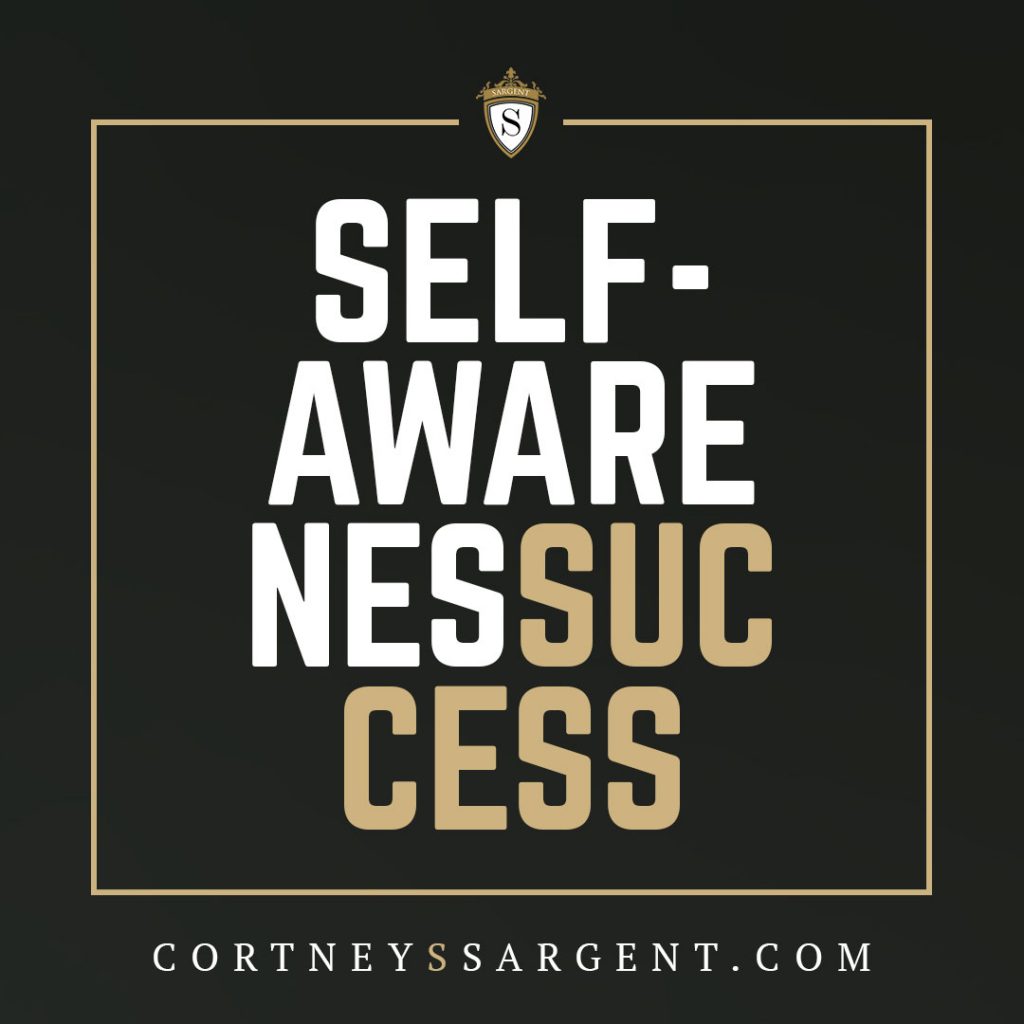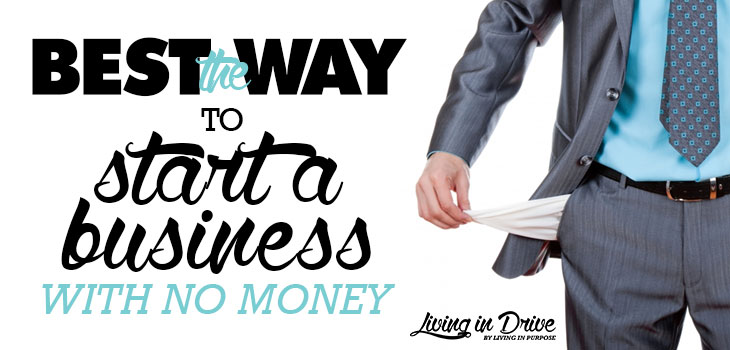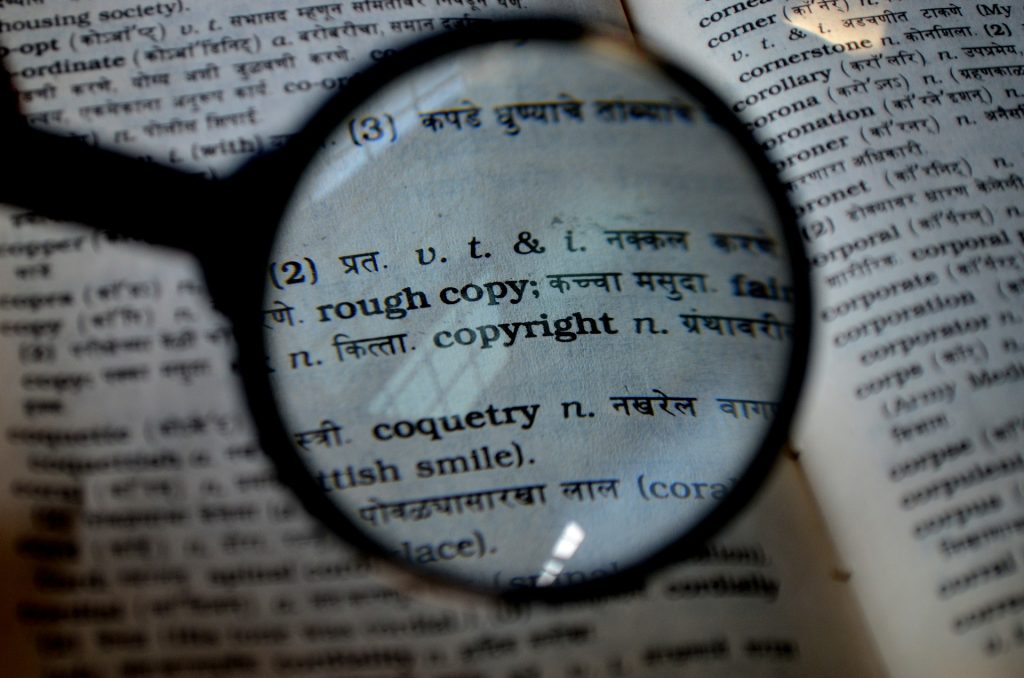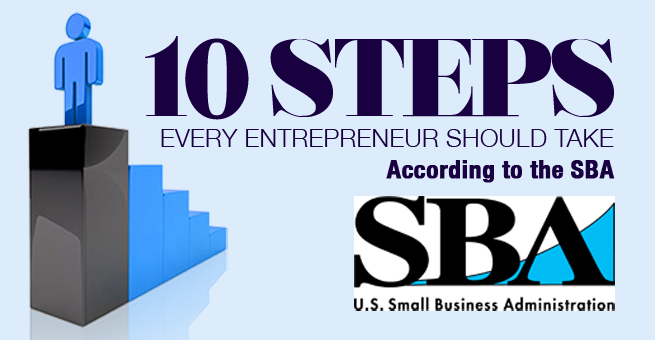Self-Awareness Is the Key to Personal Branding Success

To be a successful personal brand, it’s imperative that you know your gifts, skills, strengths, weaknesses and abilities. Here are 3 self-awareness exercises and a free workbook that will help you identity that.
How I Became a Personal Brand and What Your Brand Can Do For You

My journey to being a personal brand I first heard the term personal branding in 2010, and I had no idea what it was or what it could do for me. Little did I know, several years later I would be a 3-time award-winning graphic designer, CEO of a branding agency, President of a non-profit […]
The Best Way Start a Business With No Money

Anyone can start a business with no upfront capital- all you need is the right idea and a few basic principles. This is a highly effective strategy because it relieves the pressure and stress of having to raising money to start your business.
What Are Patents, Trademarks and Copyrights?

If you’ve ever wondered what patents, trademarks and copyrights are, and how to get them, read this post!
10 Steps Every Entrepreneur Needs to Know

Did you know that home based businesses are required to hold permits to operate legally in most states? What about incorporation? There are some fundamental steps that any business needs to follow to get started. SBA has compiled 10 steps that can help you plan, prepare, and manage your business – while taking care of the start-up legalities.
Start a Business With No Money
Anyone can start almost any business with no money. All you need is the right idea, a few basic principles to follow and a dead-on focus that leads to success. In this business development guide, we’re going to give you some tips, advice and some guidelines that will help you start the business you’ve always […]